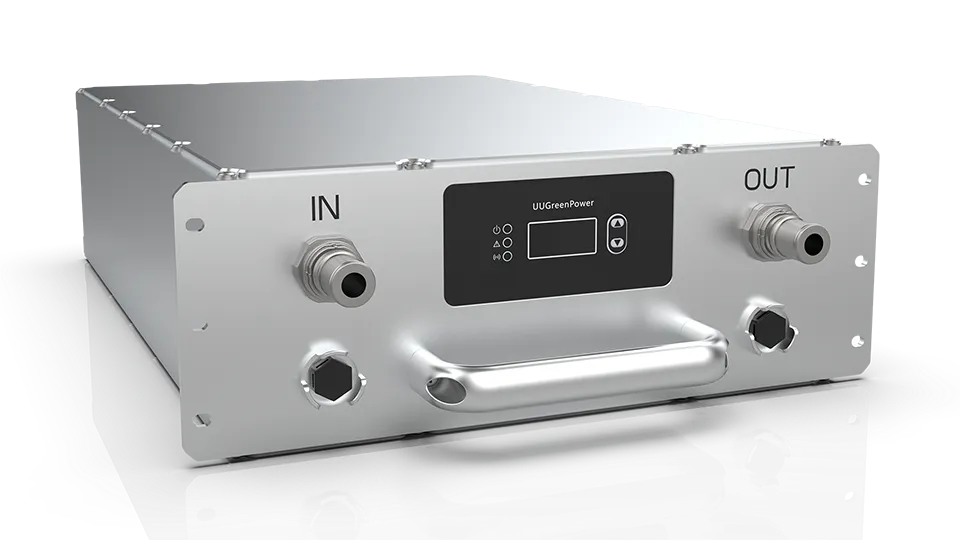The convergence of energy storage systems (ESS) and electric vehicle (EV) charging infrastructure is creating new opportunities for grid resilience and sustainable transportation. A key enabler of this convergence is the power storage charging module, a component designed to seamlessly integrate energy storage with EV charging capabilities. This article explores the benefits and applications of these integrated modules.
Addressing Grid Constraints with Energy Storage
The increasing demand for EV charging can strain the power grid, particularly in areas with limited capacity. By incorporating energy storage into charging stations, the power storage charging module can mitigate these grid constraints. The module allows the charging station to draw power from the grid during off-peak hours and store it for later use, reducing peak demand and improving grid stability.
Applications of Power Storage Charging Modules
The power storage charging module finds applications in a variety of settings:
Fast Charging Stations: Integrating energy storage into fast charging stations enables faster charging speeds and reduces the impact on the local grid.
Remote Locations: In areas where grid access is limited or unreliable, energy storage can provide a backup power source for EV charging.
Renewable Energy Integration: Energy storage can be used to store excess renewable energy, such as solar or wind, and then use it to charge EVs, maximizing the use of clean energy.
UUGreenPower is one of the companies at the forefront of this trend. The power storage charging module represents a significant step towards creating a more sustainable and resilient energy ecosystem.
Conclusion
In conclusion, the power storage charging module is a critical component in the integration of energy storage and EV charging. As the demand for both EVs and energy storage continues to grow, these integrated modules will play an increasingly important role in shaping the future of transportation and energy.


